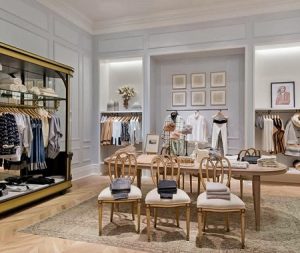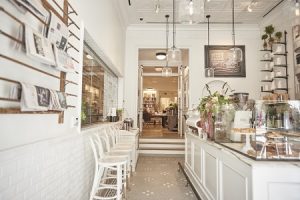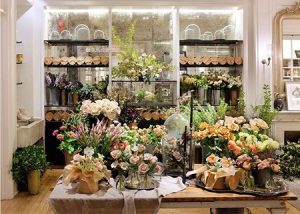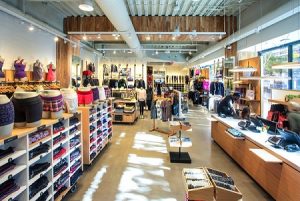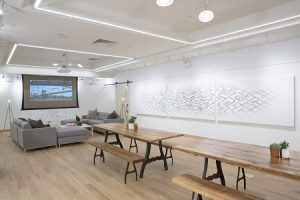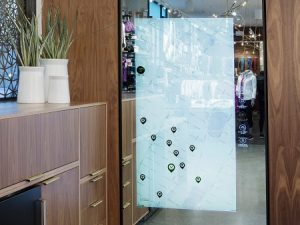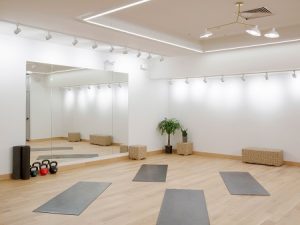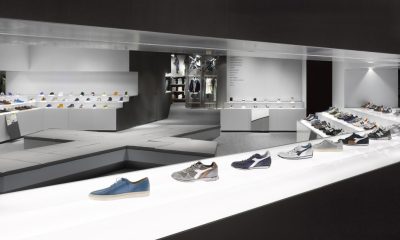In today's technology-driven world, more and more customers are discovering and enjoying the convenience of e-commerce. Large e-commerce companies such as Amazon and Taobao are thriving from their ability to sell a wide range of products ranging anywhere from furniture to clothing to food at anytime and anywhere. More and more customers seem to be choosing online shopping because of its ease and, oftentimes, cheaper prices. So how can retail stores compete with this growing online market? For years, retailers believed they needed to economize the shopping process, making the process faster and prices cheaper, in order to keep their customers. More recent findings, however, show that a highly effective alternative solution is to offer customers certain services and experiences they cannot receive from shopping online. Instead of speeding up the shopping process, retail stores should slow it down and allow customers to spend more time in stores.
What is slow shopping
This solution is readily embodied by the concept of slow shopping. Supporters of the slow shopping phenomenon believe that shopping in a retail store should be a leisurely experience where customers are not overwhelmed by the pressure to buy something. A recent report by the Wall Street Journal reveals that customers who spend more time in a store are more likely to purchase products and spend more money because these stores are able to offer customers an experience that exceeds a simple transaction of goods. Boston Consulting Group's survey of over 1,000 people also supports the notion that people are more willing to spend money on experiences than solely luxury products. As a result, retailers looking to trump online competitors should offer a store design and customer service team that turns shopping into an experience, something that online retailers will not be able to provide.
Advertisement
Slow shopping store design
One example of a store design that transforms shopping into an experience is Club Monaco. Club Monaco's new flagship store design in New York City largely promotes slow shopping. The layout of this store encourages customers to calmly browse through Club Monaco's newest line, while stopping by its floral shop, quaint library, or coffee shop to rest and take in all that the store has to offer. The atmosphere that this store design creates does not pressure customers to quickly purchase a few items and leave. In fact, Caroline Belhumeur, Club Monaco's SVP of women's design explains, “We want to create an area you want to hang out in”. More than simply clothes, Club Monaco aims to offer its customers an experience that reveals the connections between food, music, art, travel, fashion, photography, and the clothing designs that they inspire. The experience that Club Monaco's store design provides its customers is one that is impossible to find online, and, as a result, keeps customers coming back.
Like Club Monaco, another popular retailer who has successfully vamped up its retail design to keep customers in stores for longer is Lululemon. In fall 2015, Lululemon opened its largest retail store in New York City. This flagship store design boasts not only the greatest selection of Lululemon apparel and accessories, but also a high-tech digital board and lounge area called Hub Seventeen. The digital board quickly shows customers which workout studios, places to eat, and things to do are nearby. Customers are also able to book workout sessions at their favorite studio or dinner reservations at their favorite restaurant using this digital board. Hub Seventeen offers a space for customers to attend various workout-related workshops hosted by Lululemon, watch new independent films, and catch up on work. As a result of its layout and design, this Lululemon flagship location is able to offer its customers a number of services and a slow shopping experience that they cannot find online.
Advertisement
Slow shopping customer services
In addition to its slow shopping-oriented store design, this Lululemon retail location also offers a concierge service that is happy to provide customers with a wide scope of services, such as same-day delivery of products to your house and booking sessions at a local workout studio and making dinner reservations at restaurants even when they are full to the public. Lululemon's all-inclusive customer service not only elongates the amount of time its customers spend in stores and the amount of products that each customer purchases, but also promotes a lifestyle for its brand.
Retail brand and identity
Advertisement
Another positive aspect of a store design that promotes slow shopping is that it gives stores more space to develop a brand image and even a brand lifestyle. Through the store design and atmosphere, customers can better understand the brand's message and outlook. For example, in Club Monaco's store design, Club Monaco is able to successfully portray itself as a chic, upscale brand whose customers are elegant and successful young adults. Lululemon's flagship store design made it clear that Lululemon is not just an athletic and “athleisure” apparel brand, but also a lifestyle and community that support healthy living and fitness in the context of daily life.
Overall, the slow shopping solution provides retail stores a competitive edge against many online retailers. Slow shopping retail store designs give customers a more relaxed atmosphere to shop in, which is proven to influence customers to spend more money. This is not to say, however, that stores should achieve a slow shopping environment by slowing down customer services and check out lines. On the contrary, retail stores should be able to provide customers with various services that they cannot find online. Lastly, these slow shopping store designs are more conducive to showcasing a brand's image and identity to its customers.
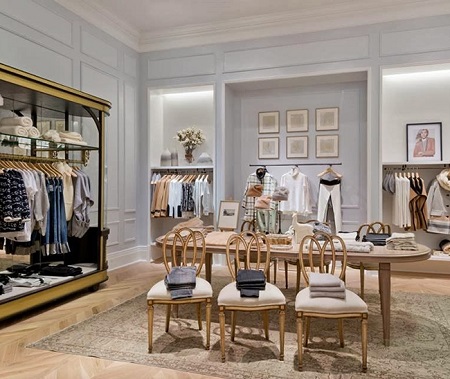

 Photo Gallery1 week ago
Photo Gallery1 week ago
 Headlines4 days ago
Headlines4 days ago
 Headlines1 week ago
Headlines1 week ago
 Headlines2 weeks ago
Headlines2 weeks ago
 Headlines1 week ago
Headlines1 week ago
 Designer Dozen1 week ago
Designer Dozen1 week ago
 Headlines1 week ago
Headlines1 week ago
 Headlines1 week ago
Headlines1 week ago
